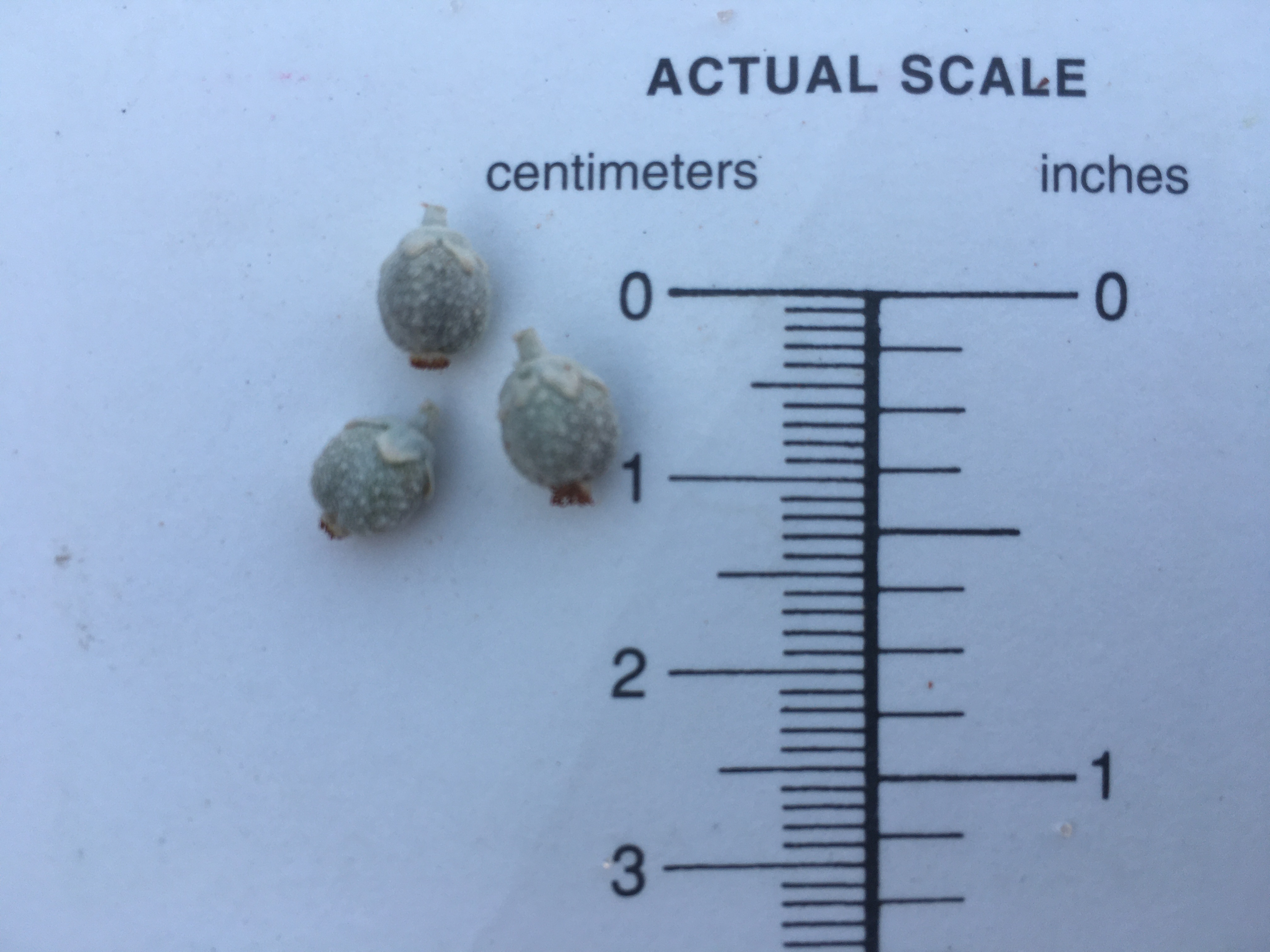what's growing?
term of the week: Attractive Shrub !
You are not alone if, at times, you find yourself feeling somewhat dismissive of shrubs. They don’t usually have the most noticeable flowers; they’re not big like trees or cute and tinyyyy. There are usually a lot of shrubs strewn about, inhabiting one’s periphery, not garnering much attention.
So, what’s an attractive shrub? A whole multitude of characteristics, in the proper combinations, could potentially render a shrub attractive. A google search of the word procures oodles of landscaping recommendations. The Jepson Desert Manual calls members of the Ambrosia genus attractive (I would have to agree, thinking of our white bursage and cheesebush). Personally, I am often impressed by unique color and leaf arrangement. Individual growth also may make more of a difference than the type of shrub - a healthy looking individual, or one that is growing in a particularly cute spot, is likely to catch my attention. When it comes down to it, beauty is in the eye of the beholder, so I encourage you to scope out some shrubs and decide what strikes your fancy! A multitude of attractive shrubs are growing away in their subtle beauty, simply waiting to be noticed.
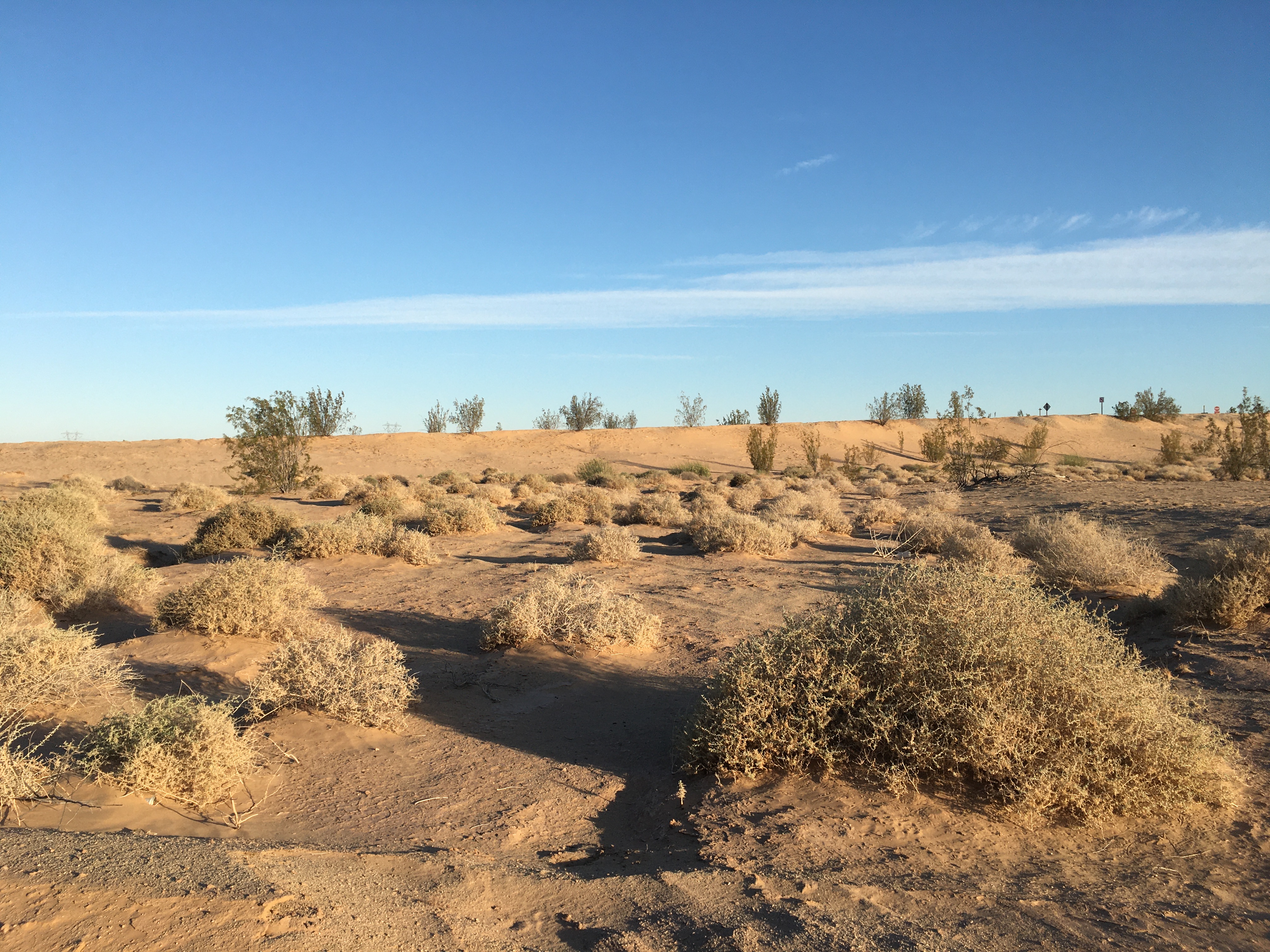
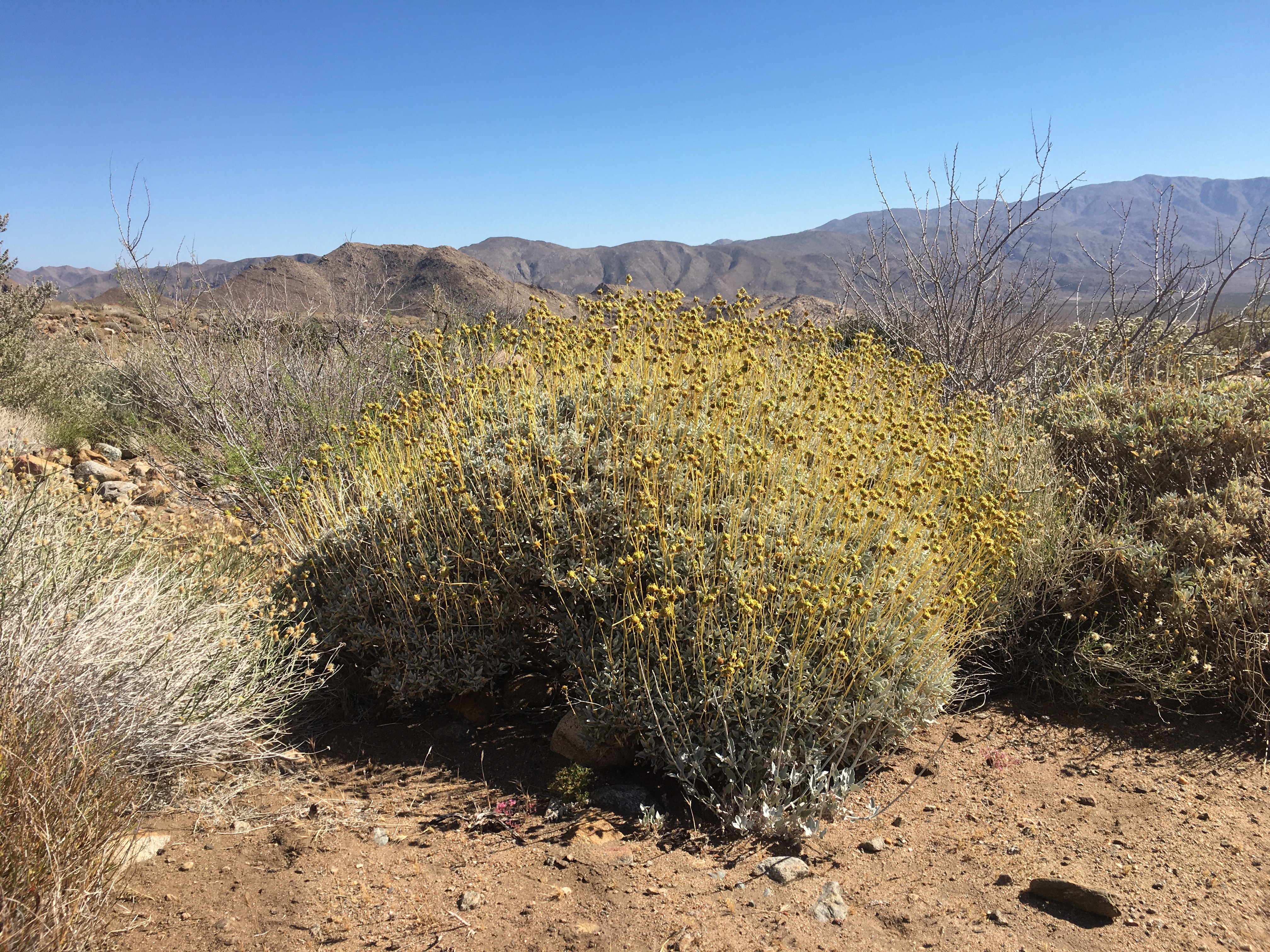
~ ~ ~
These days, it’s light out when I scurry to the truck at 530 in the morning. When we first began this whole thing it was so dark I needed a light. In my new neighborhood, people emerge from their houses while we begin our work days: watering lawns, going for a jog, heading to work in the purple glow. A humid mist hangs in the air, one strange side effect of all the agriculture in an otherwise dry area, coalescing into droplets on grass and vehicles.
I worry about spring slipping away. It has to happen, of course, but the question of when (and whether I will know it as it is happening) has kept me on the edge of my seat. April was full of surprises in the form of new growth and flowers, spring escalating onward in a way that felt completely and wonderfully unexpected. It has only been during this past week that landscapes have begun to feel dry, where I’ve seen more new fruits than flowers and have begun to wonder about what comes next. Well, the heat is coming! Increasing steadily, week by week, with some breaks in between. But seeds are also on their way, developing by the day (yes, that was a rhyme ;). Which is, I guess, the point of all of this. The flowers and my presence here. We’ve been keeping tabs on our flowering populations and all of a sudden we are, for the first time, overwhelmed with the amount of collecting that needs to happen soon! Seeds galore, and we’ve got to get to ‘em before everyone else. It’s on, babyyyy!
~ ~ ~
So... these seeds of which we speak!
Before each collection, we do a cut test: slicing open a bunch of seeds to make sure they look happy and healthy. Sometimes there is a seed in the fruit, sometimes there isn’t! After that, all we can do is make sure they are fully developed (the milky white cotyledon - nutrient storage - fully fills up the area inside the seed coat - the outside layer) and that no critters are eating them up. Our viability so far ranges from estimates of 15% to 95%, with the croton californicus being most careful with their seeds (highest viability). Less than 20% is hard to justify collecting from.
Apparently, what I cannot see with only my eyes and a hand lens is the smaller structures of the baby embryo (so cute!). Sometimes, the embryo itself is visible as a little dot. This growing embryo consists of the structures that will become the plant’s first root, stem and leaves.
word of the week : funiculus !
yes, funiculus. Quite literally, a seed’s umbilical cord. Basically “rope, cord” in latin (seems redundant, but it’s fun, so I’m not complaining). You may also use funiculus to refer to your very own umbilical cord, or really any cord-like structure, should you have the desire. A seed’s belly button, for those who are curious, is called a Hilum.
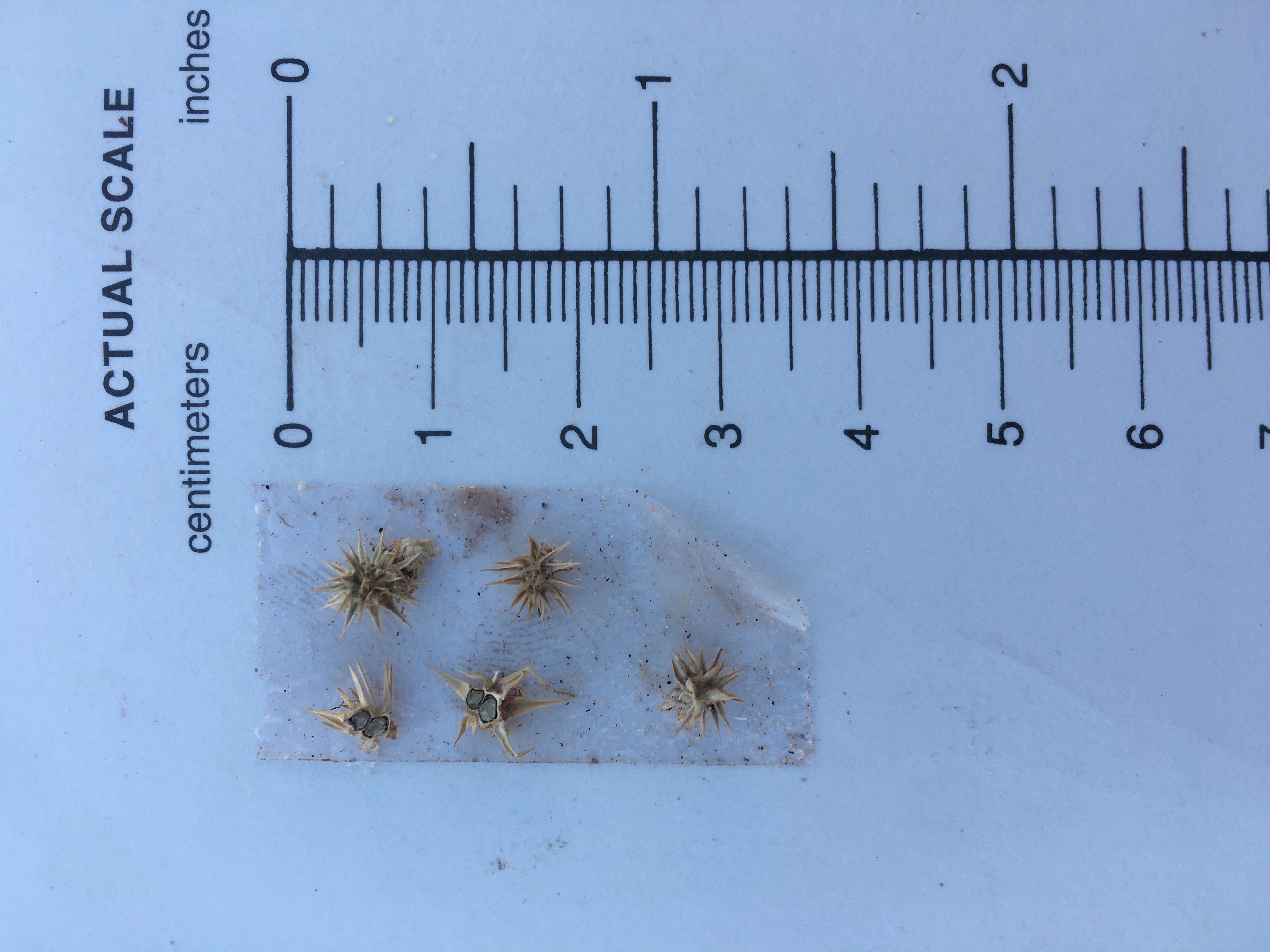
Ambrosia dumosa fruits and seed
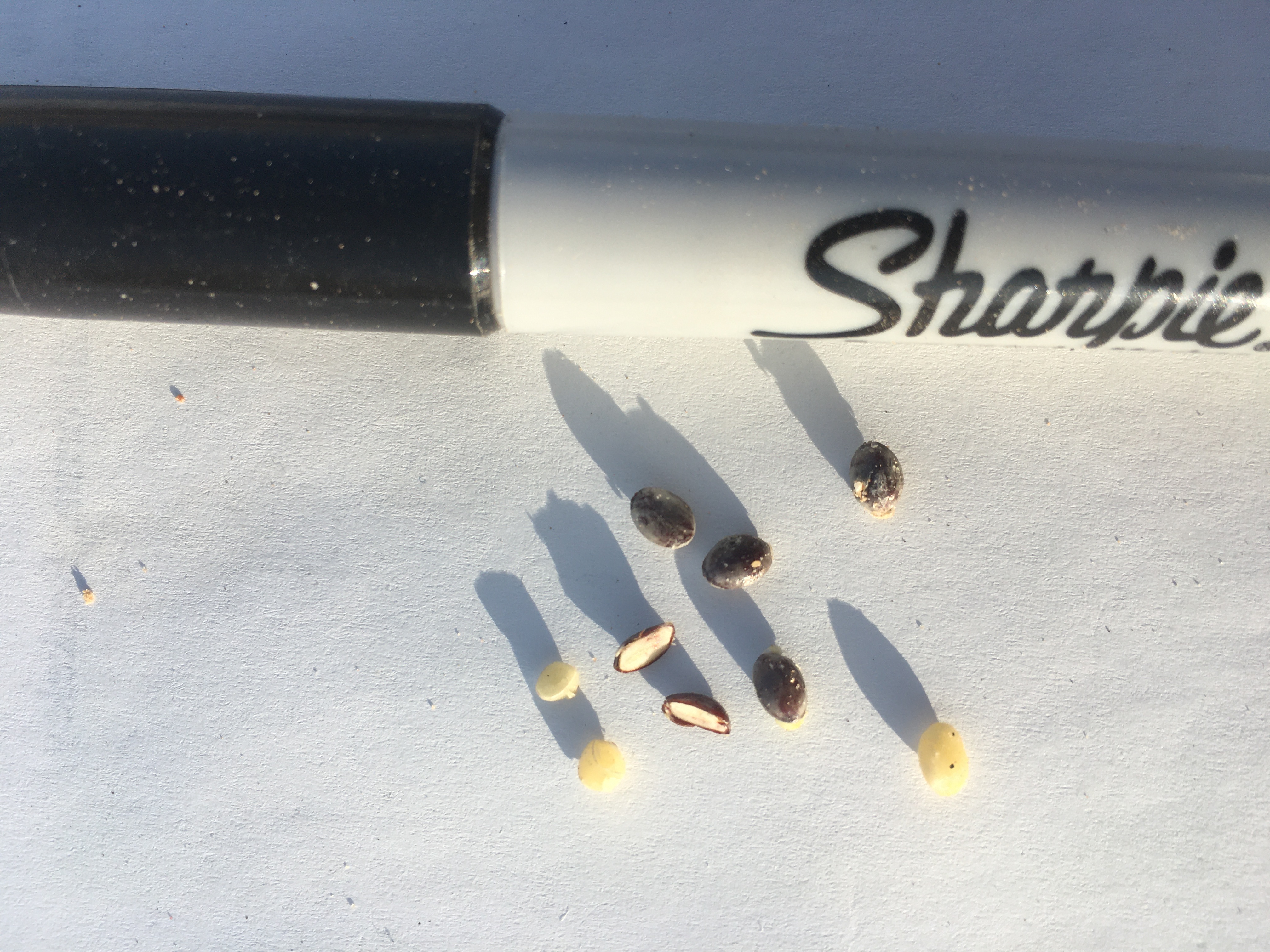
Croton seeds, removed from inside the fruit, cut test. Mature seeds have black seed coat.
Croton fruits! There are 3 seeds per fruit.
Angiosperms (flowering plants) surround their seeds with fruit for protection, nutrients, and to aid in dispersal. It’s wild to think that all of this extra energy - sometimes into a fruiting structure that doesn’t even contain viable seeds - ends up being worth the effort.
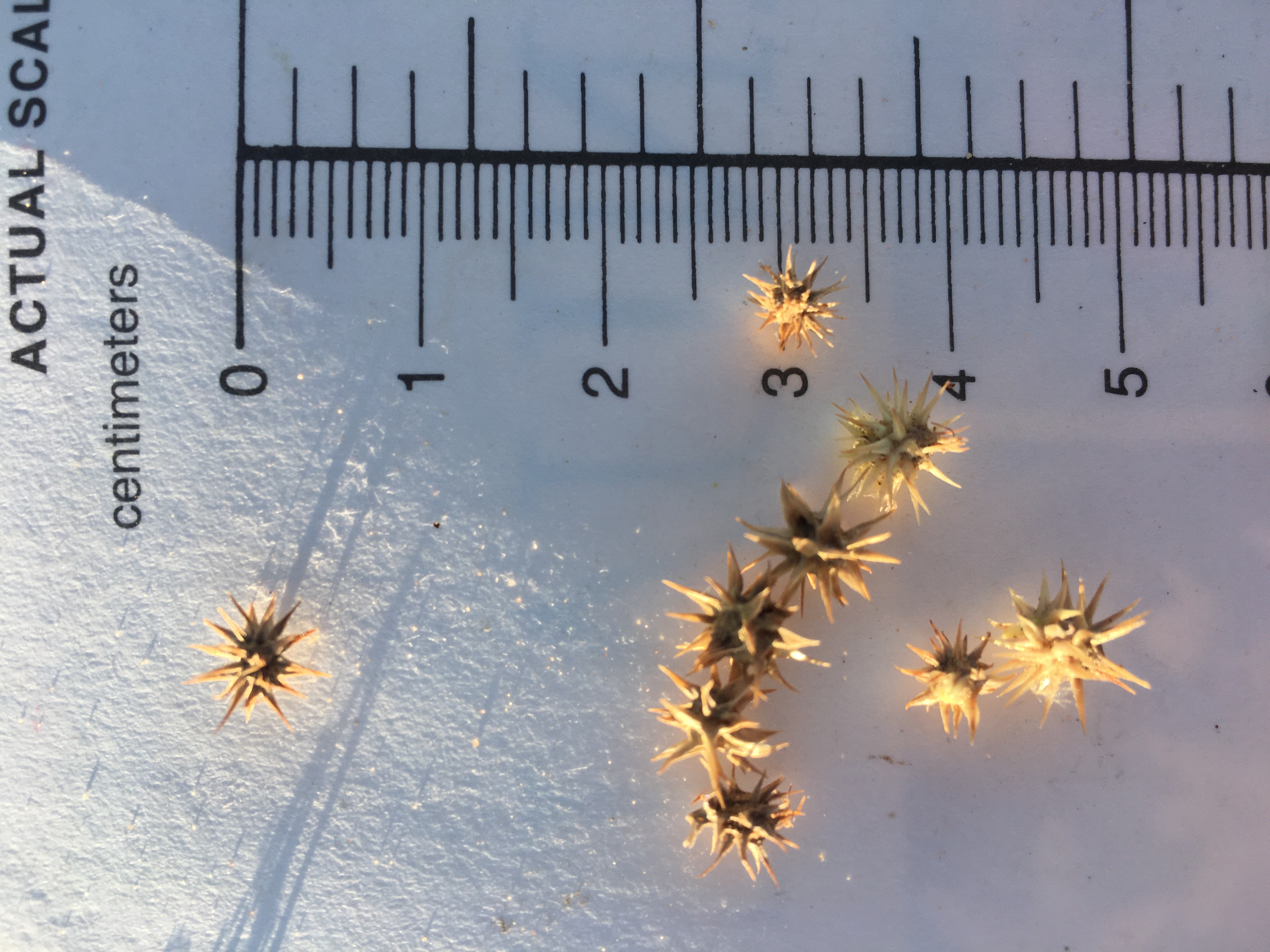
Ambrosia dumosa fruits. Sticky burrs are great for dispersal! We collected these last week.
Encyclopedia Britannica made some good points about the purpose of seeds, beyond “multiplication”. Seeds allow populations to disperse much farther than rhizomatous growth (spreading underground) or propagation from leaves or stems. They ALSO provide species with the ability to survive through difficult periods, whether this be a harsh season, a long drought, or many years in strange conditions, as long as they remain within a certain temperature range. How very cool, once again, that the seeds we collect here are able to create a happy baby plant after being transported all across the country.
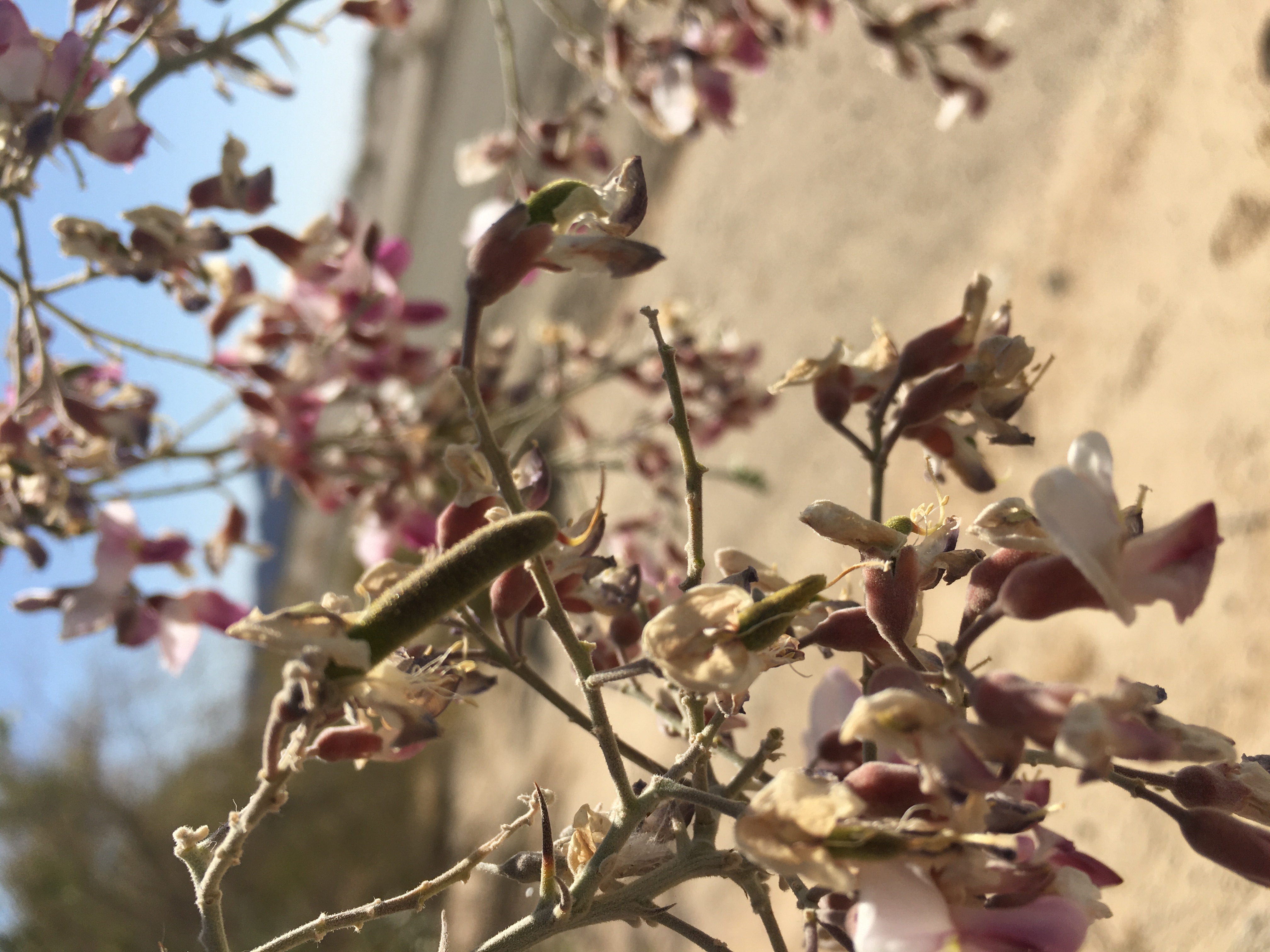
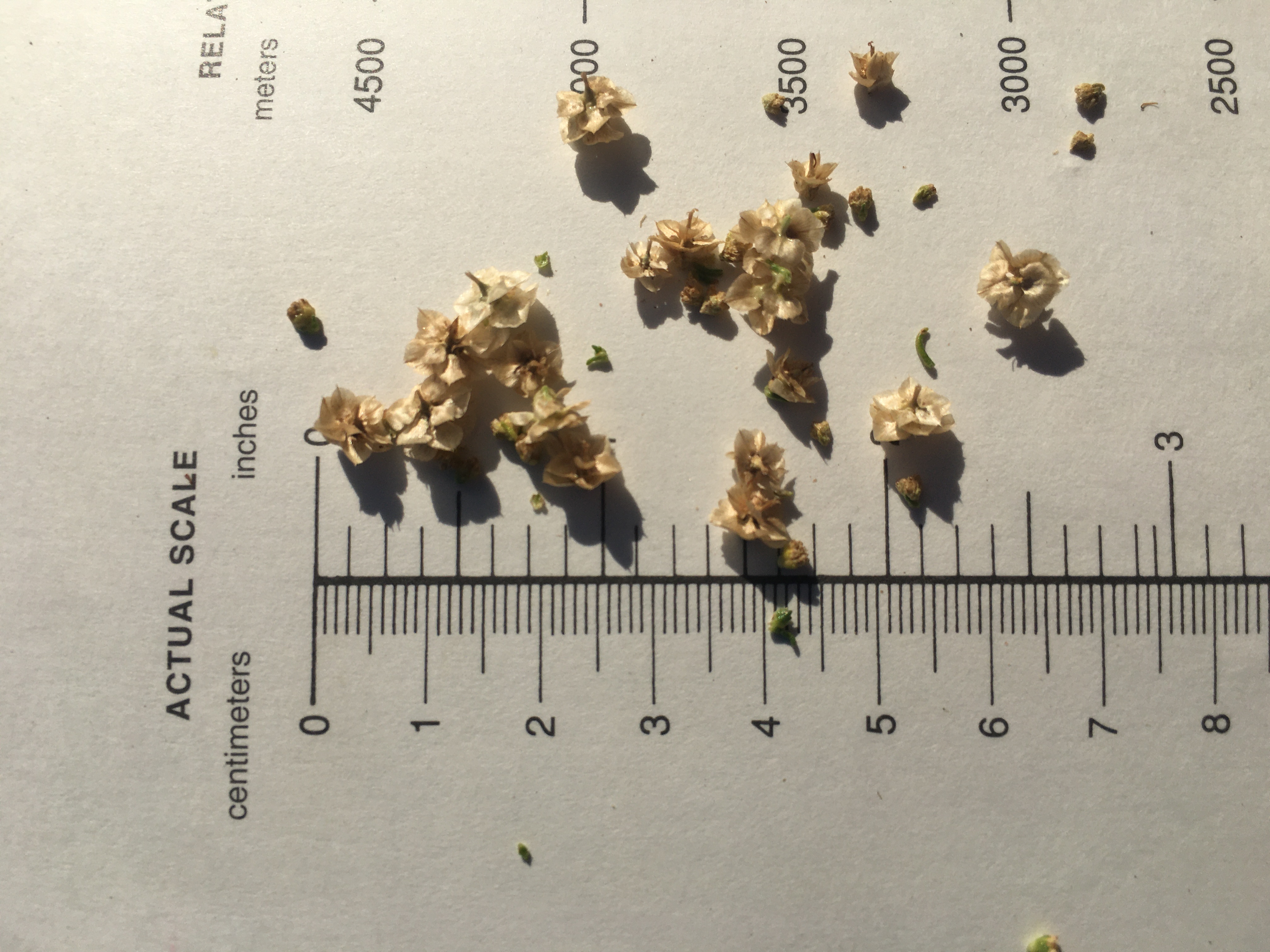
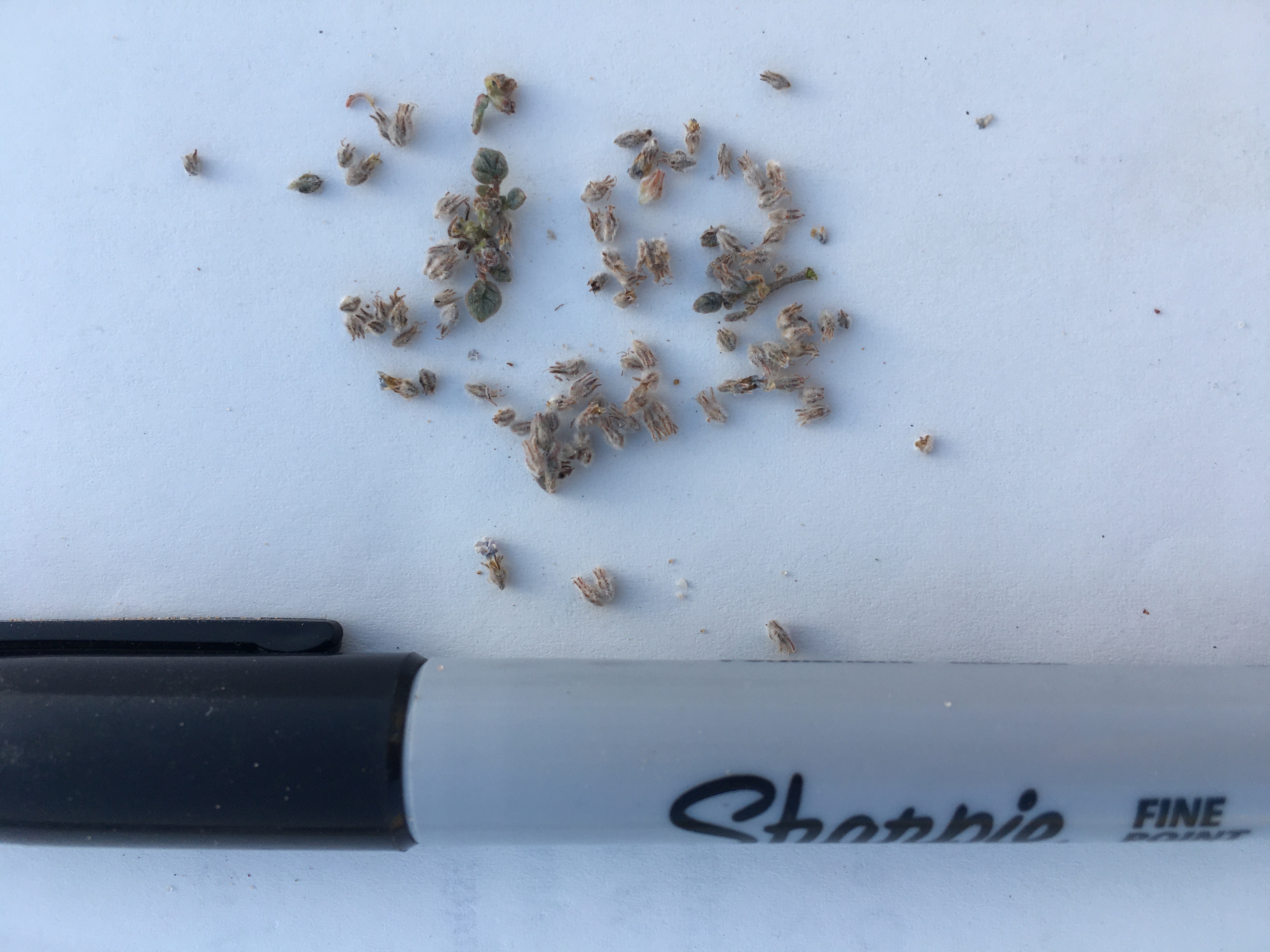
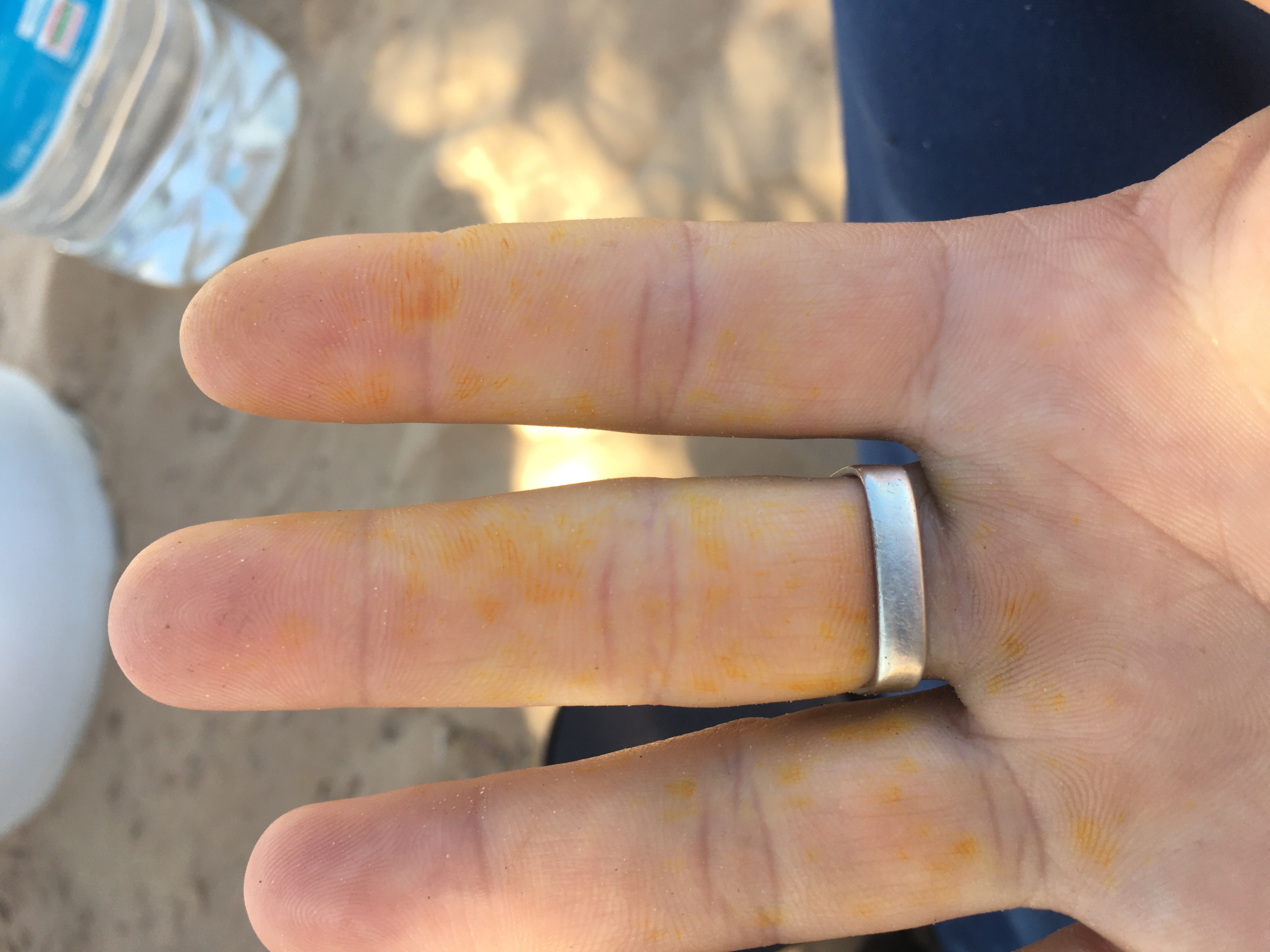
~ ~ ~
Maybe I should learn about germination at some point? I’m sitting outside in the last light and the wind. Collecting Ericameria linearifolia tomorrow, in the mountains.
Send me shrub pics, please oh please!
<3 maya
